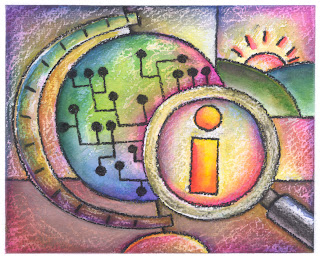After the movie Moneyball came out there were lots of blog
posts about how Moneyball had lessons for HR. Essentially this was a Big Data
argument. The essence of what the money ball process was all about was taking vast
amounts of information about your people and your potential recruits and
applying data analytics to see that information from new angles. The new angles
allowed them to see productivity and efficiency differently than conventional
wisdom had always said it should be viewed.
Take out the subject “Moneyball” and this sounds a lot like an HR problem we all face: How can we make our staff more productive and more efficient by being better at recruitment and deployment (and do that better than the competition)?
That is what Big Data is all about. There is more
information out there than we have ever had before. Over one billion photos are
posted on Facebook every month. There are over 200 million “tweets” per DAY
posted on Twitter and there are 140 million professionals with profiles on
Linked In. Couple that with all the data companies compile about people and
production and you have one huge pile of data (Big Data to be sure). Pulling
that information together and looking at it from different angles allows you to
see things that could never be seen before. How does participation in social
media predict employee performance, how do patterns of participation in
internal and external groups help understand employee engagement, how do
hobbies provide guidance for employee learning styles? This is information that
was not readily available to us in the past but can be gleamed from multiple
sources these days. Enough of the noise about social media and invasions of
privacy (that is a real problem but it clouds the real opportunity this data
provides). HR needs to think about big data as a tool for tracking, managing
and adjusting how we recruit, on-board, develop and deploy our resources.

No comments:
Post a Comment